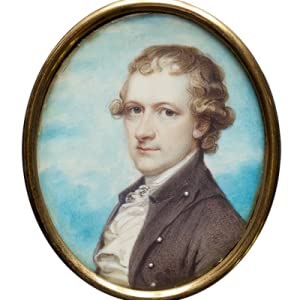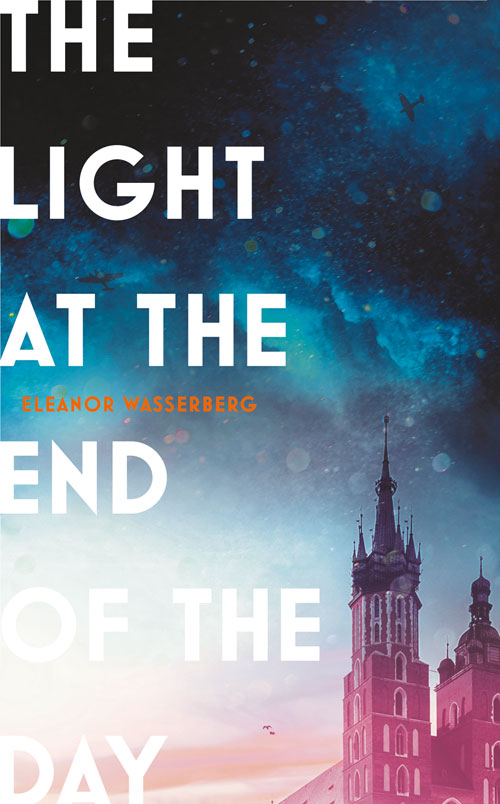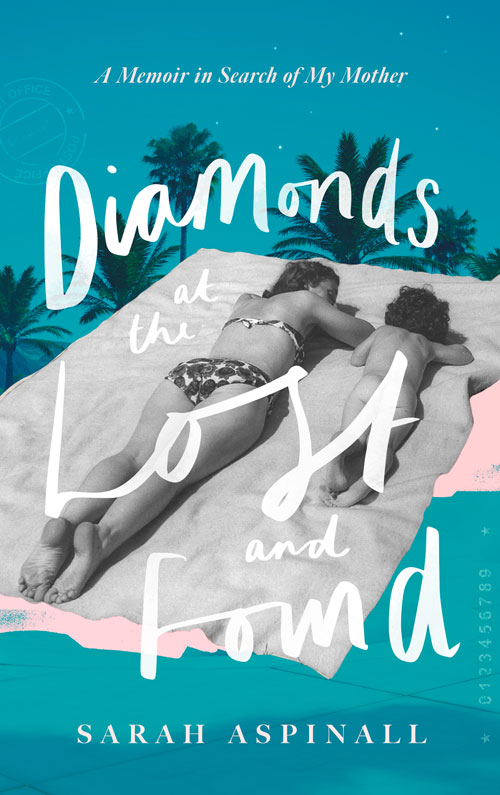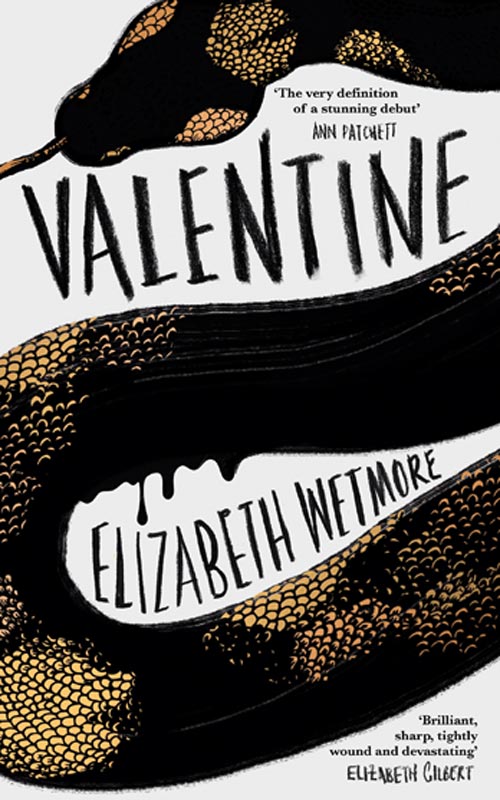The story of a tangled inheritance
I began writing Mr Atkinson’s Rum Contract almost ten years ago, after learning that I couldn’t have children. Instead of looking forward to the family I’d always imagined I’d have, I turned round to face the past; it was time I found out about those who’d come before me.

I was starting from a blank slate. My dad had died when I was four, and since he was an only child, no uncles or aunts were around to fill me in on the family history. I signed up to Ancestry.com, and my research project quickly snowballed, as I turned detective, hunting for clues in archives up and down the country.
I soon discovered an ancestor called Richard Atkinson – which is my name too. It turned out this namesake of mine had been a hugely wealthy and somewhat controversial figure in the City of London during the late eighteenth century. He’d been an important merchant, the confidential adviser to two prime ministers, a director of the East India Company – and the biggest contractor to the British army during the American War of Independence, during which he’d shipped everything needed by the redcoats to fight the rebels on the other side of the ocean.
These supplies had included, notoriously, half a million gallons of rum – which led to his nickname, ‘Rum’ Atkinson. So where did this rum come from? Much of it was produced on his sugar plantations in Jamaica. And the detail that’s most troubling of all? He was the owner of hundreds of enslaved Africans.
‘Rum’ Atkinson died in 1785, aged just 46, leaving a vast self-made fortune, including two Jamaican sugar estates. He’d never married, having been turned down by the love of his life, Lady Anne Lindsay, and there were no children to inherit his property. But he had seventeen nephews and nieces – and forty years of lawsuits followed his death, which meant that much of his money evaporated in legal bills.

I’ve told my family story without glossing over the often harsh facts. As far I’m aware, Mr Atkinson’s Rum Contract is the first time the descendant of a British slave-owning family has written quite so openly about his ancestors’ activities. At times I wondered whether I was crazy, deliberately writing my own family into this dark period of history, but I felt compelled to carry on. Sadly, I couldn’t make up for my ancestors’ misdeeds. But what I could do, two hundred years later, was tell their story honestly, warts and all – which is what I’ve tried my best to do.



